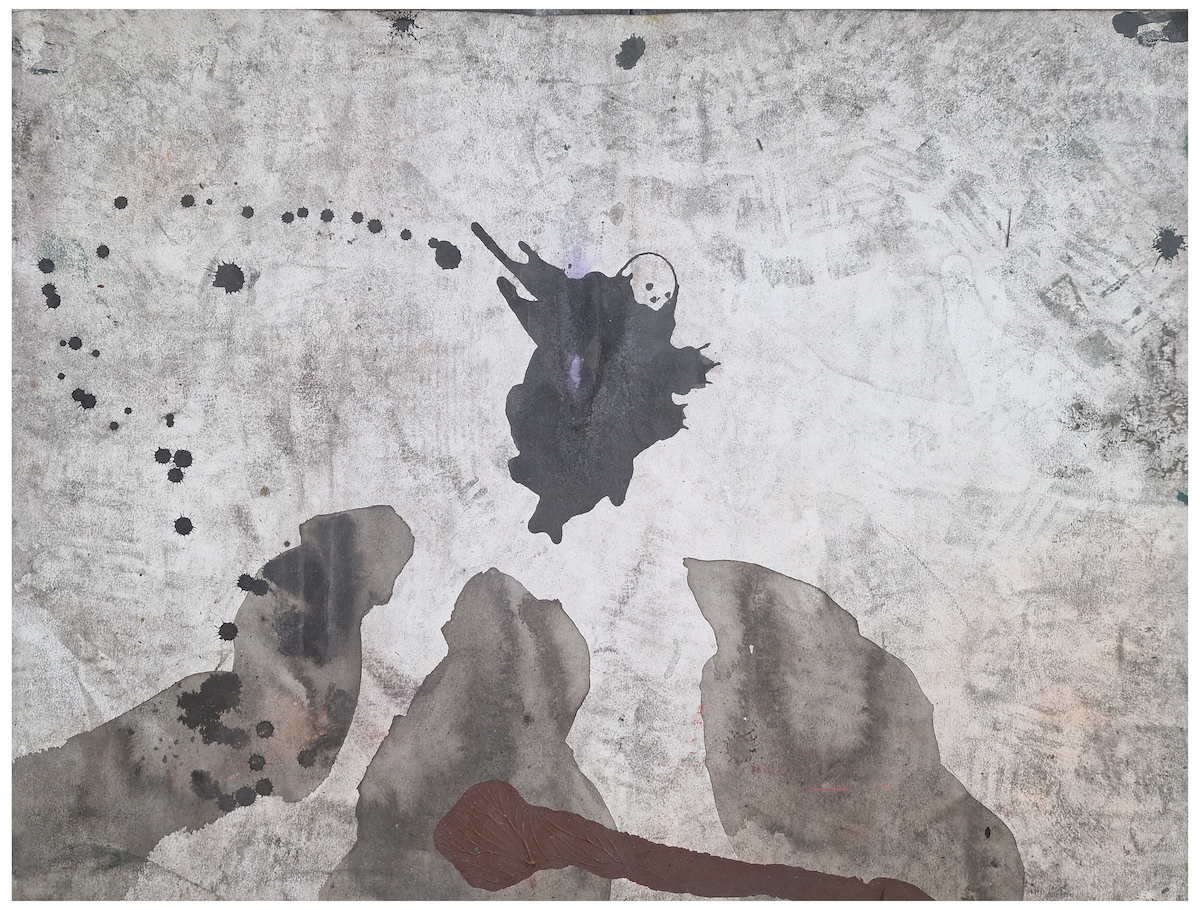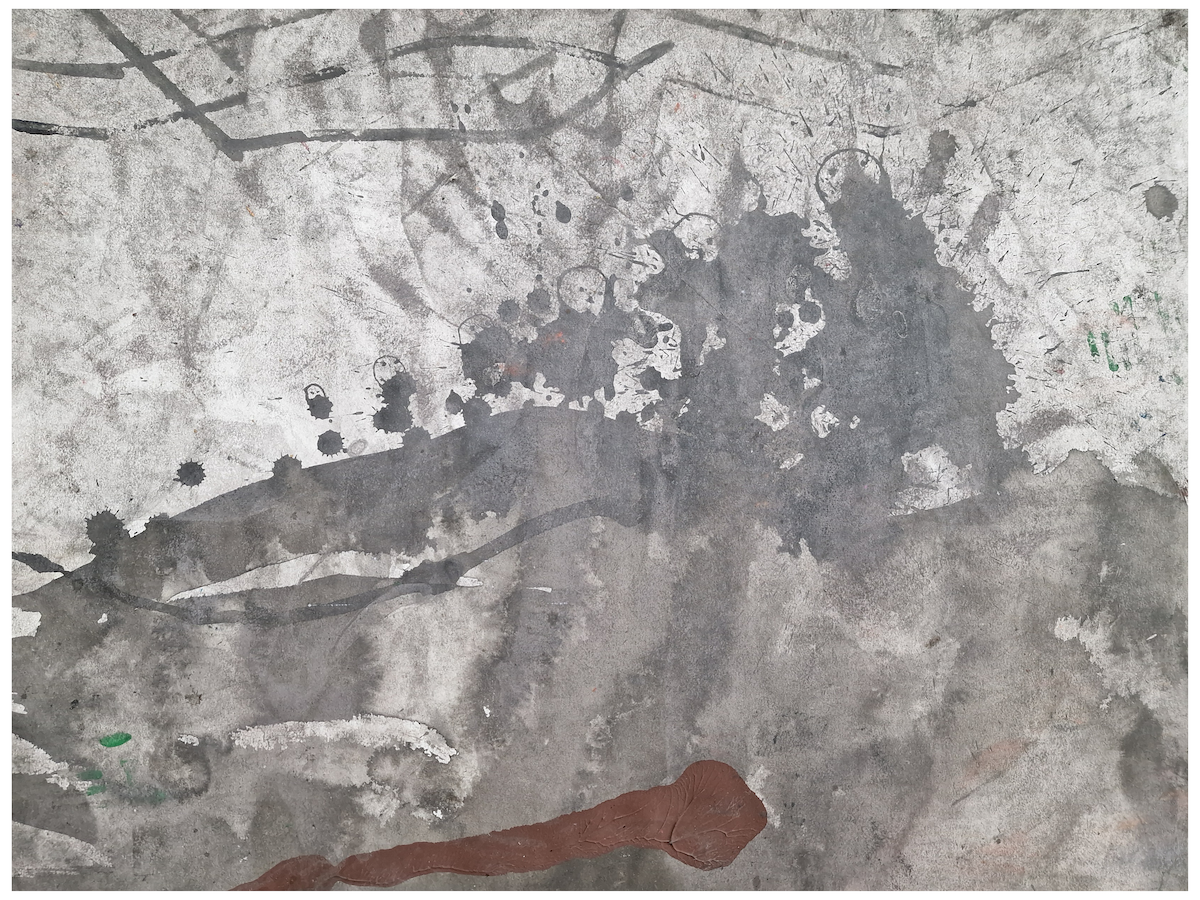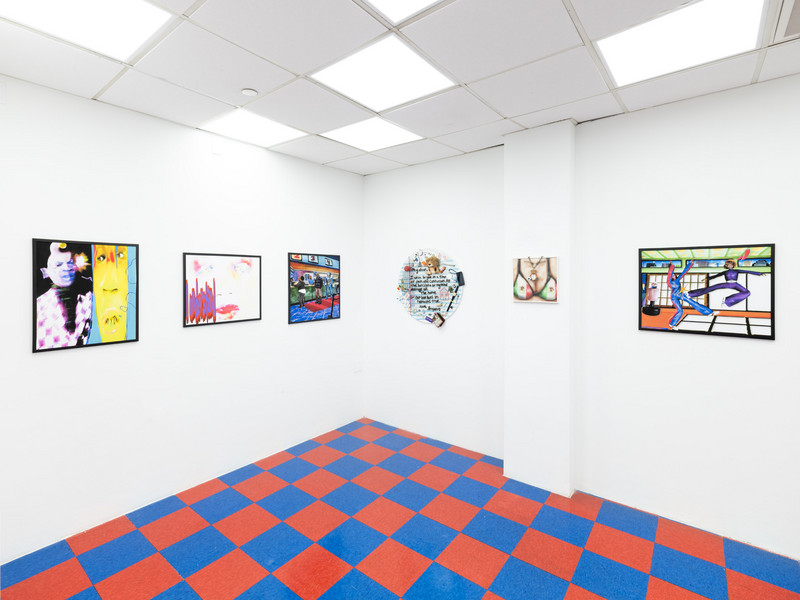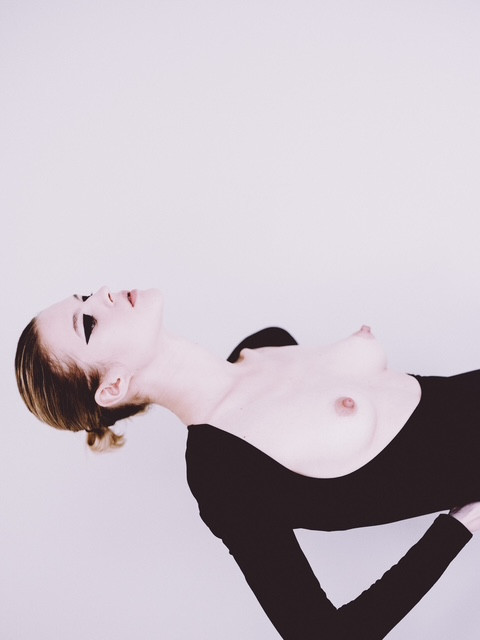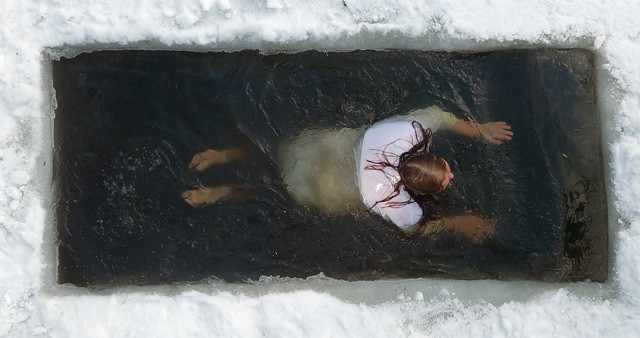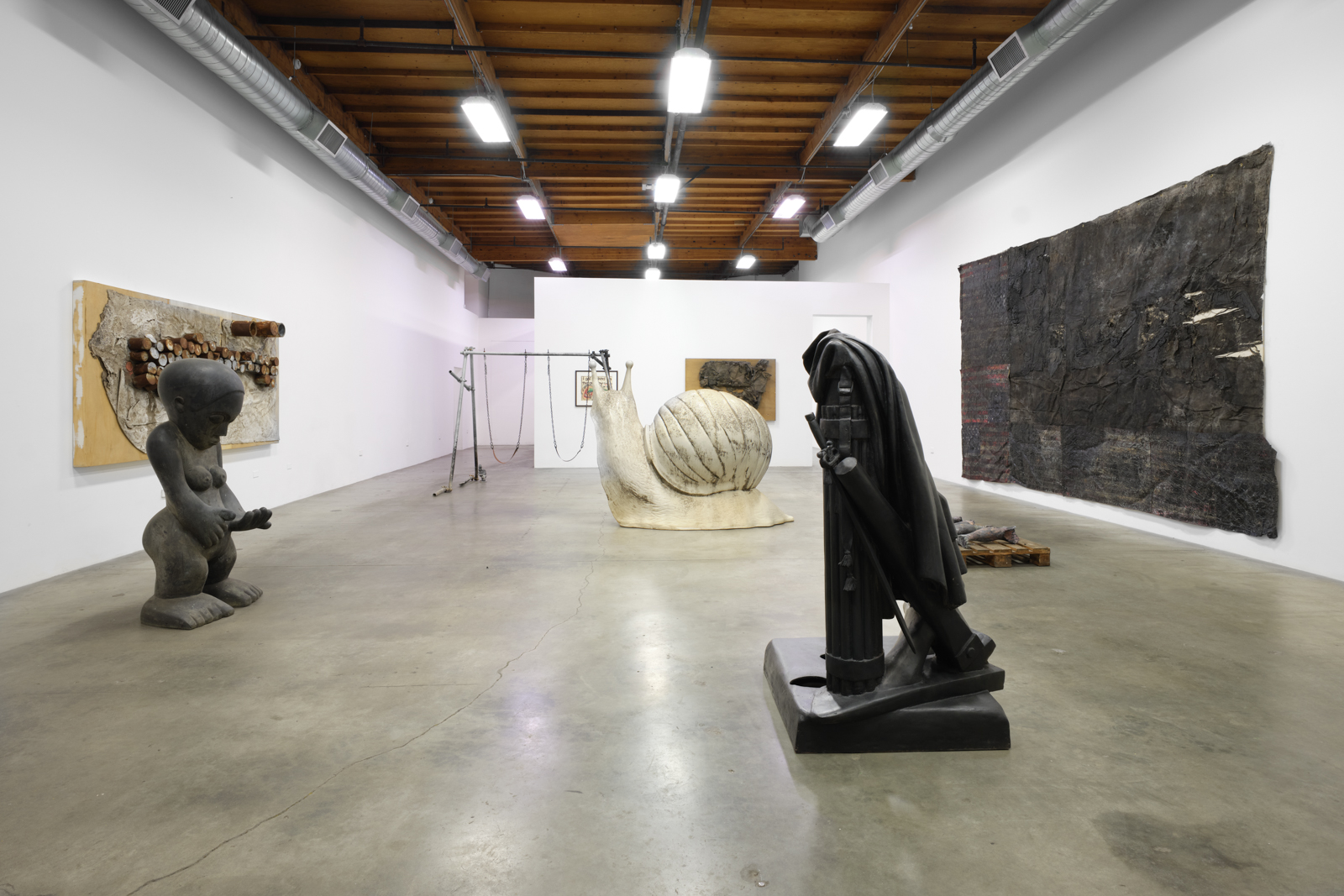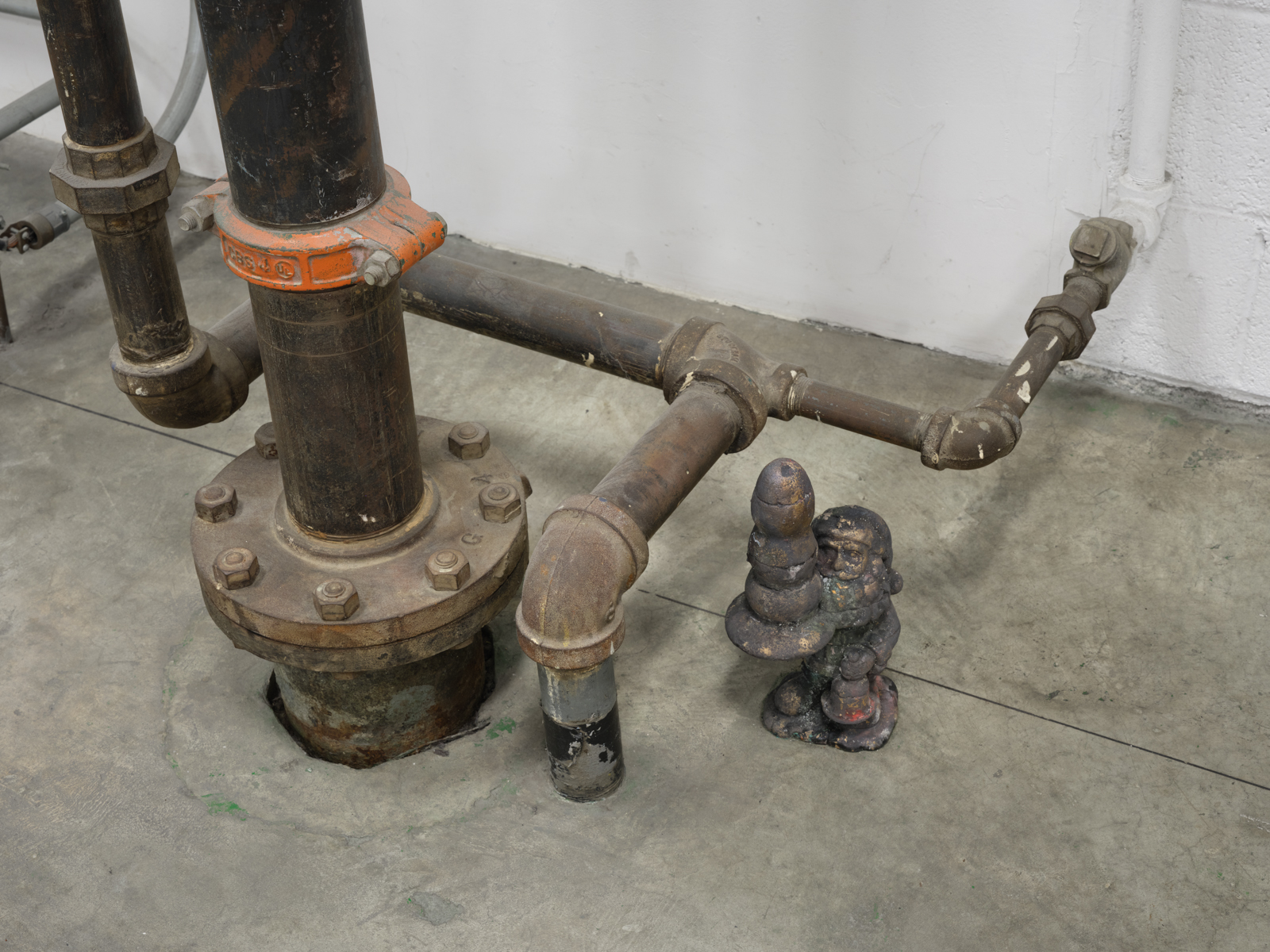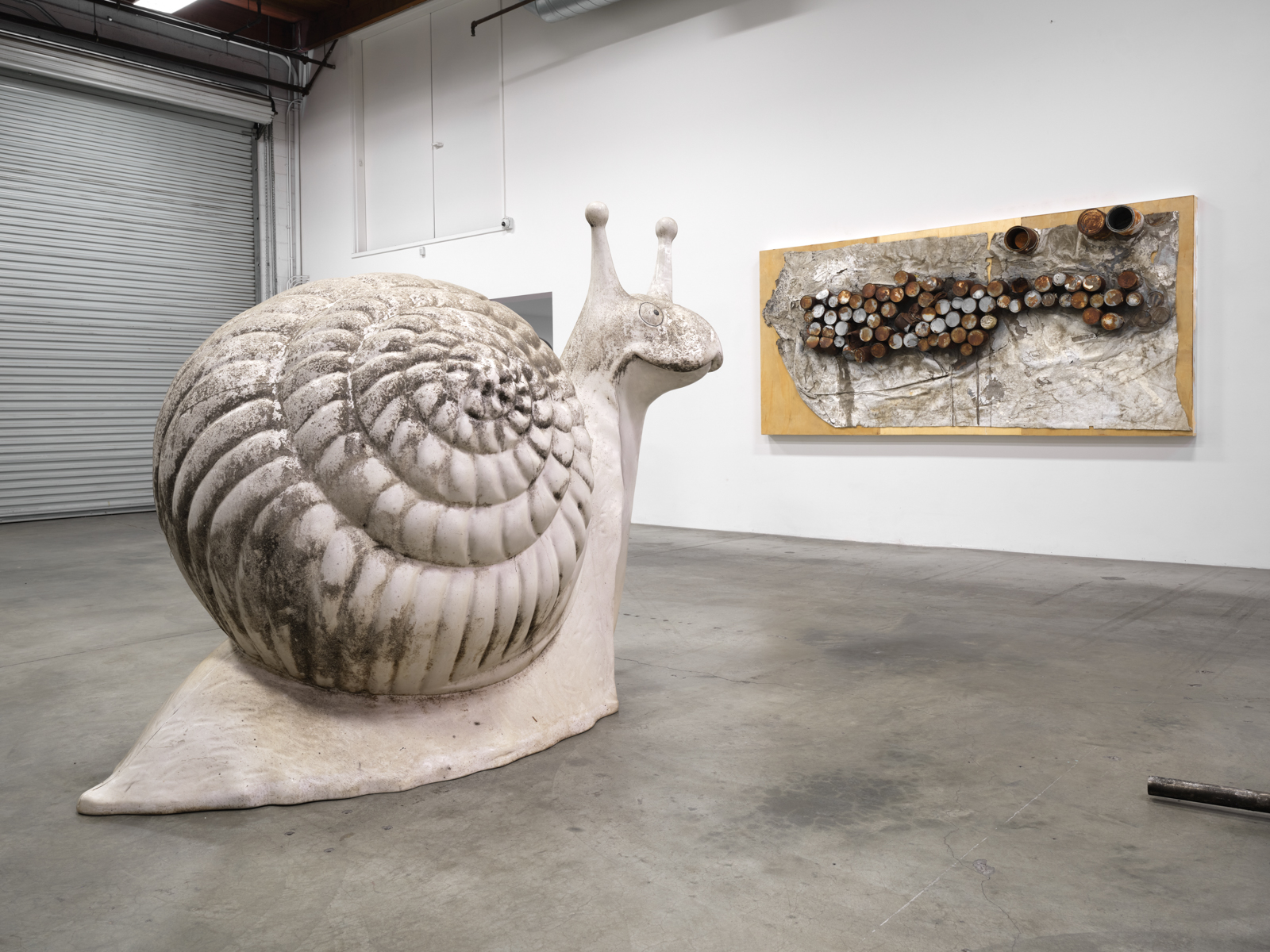Deanio X's Heart of War

Call me Dean.
Got you. How's your day going? It’s about three o'clock over there, right?
Yeah, it's three o'clock. It's a nice day given that it's London. I just got here to the studio. I was gonna do a bit of painting but yeah, things are good. Pretty smooth. Can't complain.
I've noticed that your last name is X. Is that in any way related to Malcolm X?
I think for me, it's predominantly about my experiences of racism here in the UK and learning about its history. Through studying I got connected to figures like Malcolm X but for me, the X is more like an algebraic X. I think people should be able to self define and the X is a replacement for the ambiguous slave name my family has had for generations. It stands for infinite possibilities.
How do you think the Black experience is different in the United Kingdom versus the United States?
My grandparents came from Jamaica and Barbados. Black people have been in America since its establishment whereas the UK is an older country with longstanding traditions and norms. While the UK was complicit in slavery and the things we associate with it, the task and challenge here is different. In America, the power structure is newer but in the UK, you can see how things have been maintained structurally.
Your exhibition taught me alot about Black American soldiers in World War One. What is the importance of bringing attention to unknown history?
I've always been a curious kid. Growing up Black in the UK, I always saw a lack of representation in the stories, histories and art that I saw. In school, I got my degree in American Studies which involved primarily looking at canonical history and literature from America. So for me, I wanted to develop a visual language to be seen. I couldn't paint if I didn't have something important to paint about.
What drew you specifically to tell the story of the Harlem Hellfighters?
For me, it's about trying to fit in the gaps of the African experience and presence predominantly in European societies like the UK. I started looking into the roles of Caribbean and African soldiers and then I discovered the British West Indies Infantry. They sent them into the trenches, but didn't give them guns, they gave them shovels.
With the Harlem Hellfighters, the United States didn't want Black soldiers or non-European soldiers being glorified, but they were praised and they enjoyed experiences in France, where they felt a lot freer. Obviously there would have been loads of racism but in their minds, it was nominal compared to what they experienced at home.
I know that you worked really closely with Palo Gallery and Adeja for this exhibition. How did that collaboration inform your process?
Yeah, it was good. We'd catch up and share little bits of research. I discovered this artist Horace Pippin who actually fought in the war as a Harlem Hellfighter. I wanted to find some of his artwork and Adeja helped bring that research together. I love the gallery space. I've never done a show in a space where you can sit down and absorb the artwork as opposed to standing there. Adeja did a really good job curating it.
So talking about Horace Pippin, who else would you say has a large influence on you?
This is the first time I've deliberately responded to another artist in my work. At the time, Horace was trying to figure out his own visual language — having this artist experience in the midst of bombs going off. Typically I'm not trying to pay homage, but this exhibition was honoring Pippin and his work.
I’m influenced by Asian art quite a bit at the moment. I really like Yoshi Toshi. I grew up reading manga and watching anime, all that stuff. It’s a cleaner door for entry than European art, if you consider art as a way of exploring history. I also take a lot of influence from literature.
You use a lot of different mediums. I feel like there's some chalk, paint and other things. How do you choose which mediums to use for each piece?
My approach centers water. Water is the compound or solution that is responsible for all of life as we know it, right? So, for me, water is this catalyst that introduces chaos. The chalk, for instance, reacts to the water and forms these sediments. I use all these things because they feel organic and sculptural.
There's a lot of layering and distortion in your work. How does that relate to your idea of history?
When people talk about art history, it's basically just about the Enlightenment Period which only happened at the cost of all these bodies on West African shores that built the new world and European colonial projects. But ultimately, you know, we're just these African bodies with no real understanding or means to understand where we come from. So it's like I'm trying to just build my own language that speaks to history in a way that isn’t western propaganda.
What do you mean when you say the transformative potential of art?
Art is like this skeleton key and you can find yourself in crazy places and situations because of it. If you don't think that making art is powerful and you're making art, then you're not going to make powerful art. I used to work a zero hour contract in a bar. But then, I made the decision to create art full time and now I spend all day painting in this studio.
Through art, I've been able to transform myself and push myself. Once you’ve transformed yourself to a point of feeling comfortable and confident, then you have something to share.

